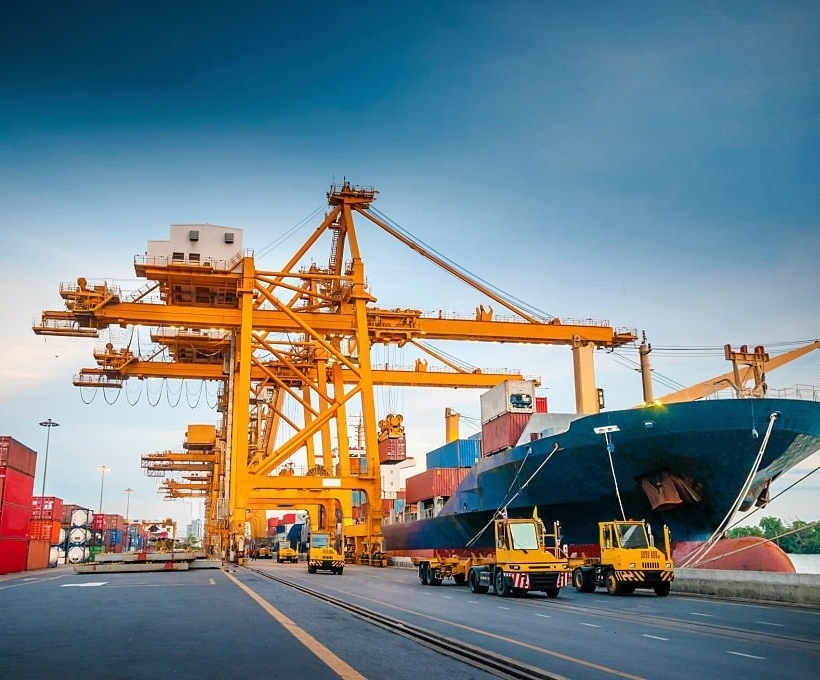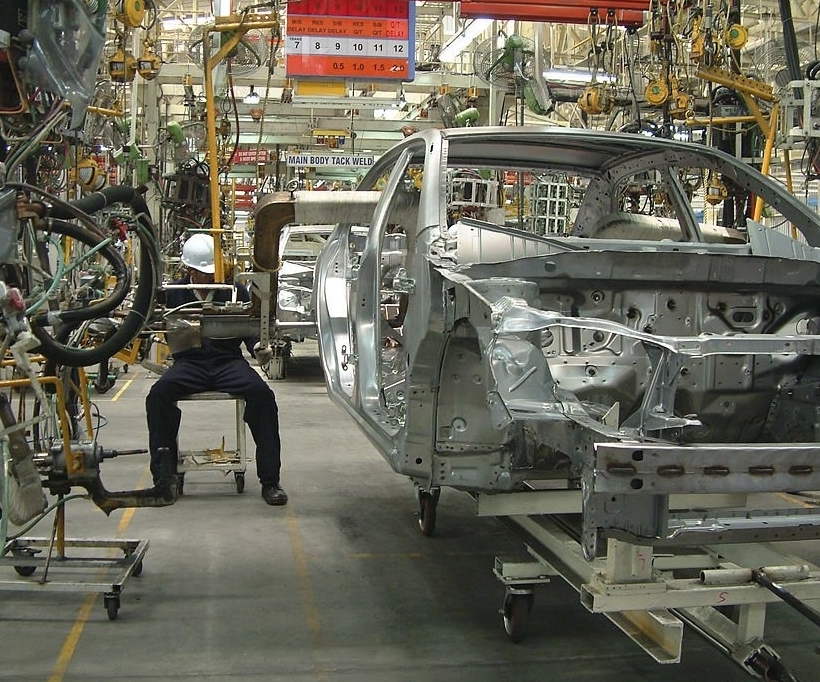Industry Practices

Financial Services
India has a diversified financial sector undergoing rapid expansion, both in terms of strong growth of existing financial services firms and new entities entering the market. The sector comprises commercial banks, insurance companies, non-banking financial companies, co-operatives, pension funds, mutual funds and other smaller financial entities. The Government of India has introduced several reforms to liberalize, regulate and enhance this industry. India's financial services industry has experienced huge growth in the past few years. This momentum is expected to continue. India's Fintech space is expected to further fuel this growth in various segments.

Retail & FMCG
The retail industry was valued at INR 62.90 Tn in FY 2022 and is expected to reach INR 120.59 Tn by FY 2027 at a compound annual growth rate (CAGR) of 14.22%.
The Food & Grocery segment held the largest market share of the Indian retail industry with 61.67% in FY 2022, which is estimated to reach ~58.90% by FY 2027. The Jewelry market holds the second position with 8.25% in FY 2022. The apparel market is likely to grow from 7.24% market share in FY 2022 to 8.13% in FY 2027 due to increase in disposable income.
The global pandemic has increased the demand for online consumer goods. This has compelled FMCG companies to opt for a direct-to-customer approach and digital channels for offering their goods.Market experts have predicted that the FMCG industry in this country is set to grow at a CAGR of 14.9%. This amounts to a market growth of USD 110 billion from 2020 to almost USD 220 billion by 2025.
In addition, improved connectivity in urban and rural areas is increasing the demand for FMCG products via e-commerce portals, thus fuelling this rising demand.
Furthermore, the e-commerce segment is predicted to be responsible for almost 11% of FMCG sales by 2030. Apart from this, the rise in disposable income among consumers in rural India offers massive potential for organizations to grow.

Education
India holds an important place in the global education industry. India has one of the largest networks of higher education institutions in the world. Private investments in the Indian education sector have increased substantially over the past two decades. The demand for specialized degrees is also picking up with more and more students opting for specific industry-focused qualifications. Higher education institutes in India are focusing on creating online programmes due to the increasing demand from consumers.
With cutting-edge technologies such as AI, ML, IoT and blockchain, India's education sector will redefine itself in the years to come.The education sector in India was estimated to be worth US$ 117 billion in FY20 and is expected to reach US$ 225 billion by FY25

Logistics
A major shift has occurred in the logistics and supply chain industry in recent decades due to technological advancements, the growth of e-commerce, globalization, sustainability concerns, and increased competition which have all played a role in shaping the industry. In the last two decades, we have seen the Indian logistics and supply chain sector evolve from a support sector to a high-impact sector. According to a report, the size of the Indian logistics industry was around $100 billion in 2020, up from around $40 billion in 2010 and around $15 billion in 2000. It is estimated that the size of the Indian logistics market will grow to about $380 billion by 2025

Technology
The IT sector has become one of the most significant growth catalysts for the Indian economy, contributing significantly to the country's GDP and public welfare. The IT industry accounted for 7.4% of India's GDP in FY22, and it is expected to contribute 10% to India's GDP by 2025.
Indian software product industry is expected to reach US$ 100 billion by 2025. Indian companies are focusing on investing internationally to expand their global footprint and enhance their global delivery centres.Exports from the Indian IT industry stood at US$ 149 billion in FY21. Export of IT services has been the major contributor, accounting for more than 51% of total IT export (including hardware). BPM and engineering and R&D (ER&D) and software products export accounted for 20.78% each to total IT exports during FY21. The ER&D market is expected to grow to US$ 42 billion by 2022.
The IT industry added 4.45 lakh new employees in FY22, bringing the total employment in the sector to 50 lakh employees.
India is the topmost offshoring destination for IT companies across the world. Having proven its capabilities in delivering both on-shore and off-shore services to global clients, emerging technologies now offer an entire new gamut of opportunities for top IT firms in India.The Indian IT & business services industry is expected to grow to US$ 19.93 billion by 2025. Spending on information technology in India is expected to reach US$ 144 billion in 2023. By 2026, widespread cloud utilisation can provide employment opportunities to 14 million people and add US$ 380 billion to India's GDP.

Real Estate
The real estate sector is one of the most globally recognized sectors. It comprises four sub-sectors - housing, retail, hospitality, and commercial. The growth of this sector is well complemented by the growth in the corporate environment and the demand for office space as well as urban and semi-urban accommodation.
In India, the real estate sector is the second-highest employment generator, after the agriculture sector. Real estate sector in India is expected to reach US$ 1 trillion in market size by 2030, up from US$ 200 billion in 2021 and contribute 13% to the country's GDP by 2025.

Automobile
India’s annual production of automobiles in FY22 was 22.93 million vehicles. India has a strong market in terms of domestic demand and exports. In FY23, total passenger vehicle sales reached 3.89 million. In FY23, total automobile exports from India stood at 47,61,487. This sector's share of the national GDP increased from 2.77% in 1992-1993 to around 7.1% presently. It employs about 19 million people directly and indirectly.
The electric vehicle (EV) market is estimated to reach Rs. 50,000 crore (US$ 7.09 billion) in India by 2025. A study by CEEW Centre for Energy Finance recognised a US$ 206 billion opportunity for electric vehicles in India by 2030.
The Indian automobile industry has historically been a good indicator of how well the economy is doing, as the automobile sector plays a key role in both macroeconomic expansion and technological advancement.
The Government of India encourages foreign investment in the automobile sector and has allowed 100% FDI under the automatic route.
The automobile industry is dependent on various factors such as the availability of skilled labour at low cost, robust R&D centres, and low-cost steel production. The industry also provides great investment opportunities and direct and indirect employment to skilled and unskilled labour. The electric vehicles industry is likely to create five crore jobs by 2030.

Consumer Internet
This rapid rise in internet users and smartphone penetration coupled with rising incomes has assisted the growth of India’s e-commerce sector. India’s e-commerce sector has transformed the way business is done in India and has opened various segments of commerce ranging from business-to-business (B2B), direct-to-consumer (D2C), consumer-to-consumer (C2C) and consumer-to-business (C2B). Major segments such as D2C and B2B have experienced immense growth in recent years. India’s D2C market is expected to reach US$ 60 billion by FY27. The overall e-commerce market is also expected to reach US$ 350 billion by 2030 and will experience 21.5% growth in 2022 and reach US$ 74.8 billion. After China and the US, India had the third-largest online shopper base of 150 million in FY21 and is expected to be 350 million by FY26.